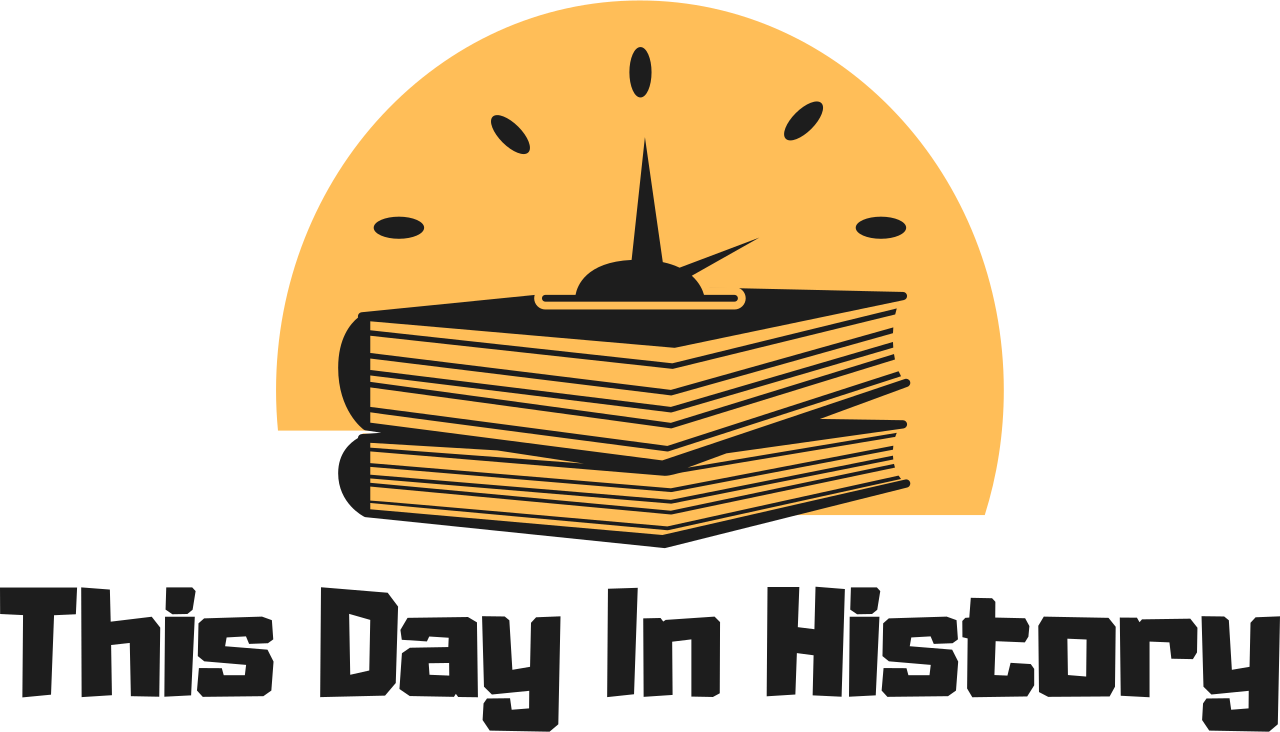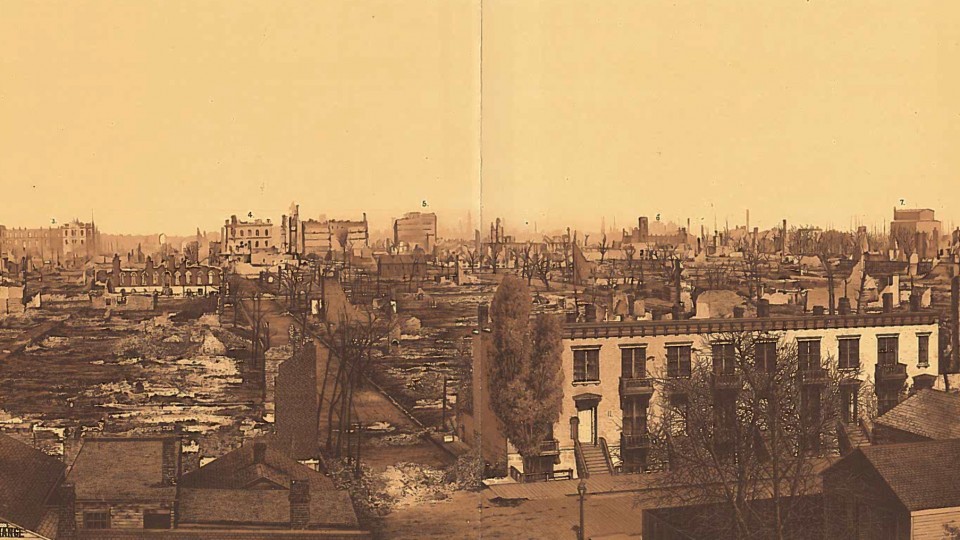On October 10, 1871, the course of history took a significant turn when the Great Chicago Fire, which is considered one of the most disastrous 19th century urban fires in America, finally ended. This article delves into the event sharing aspects of the fire, its aftermath and fascinating relevance for the present day.
The Great Chicago Fire: A Nightmare’s End
The Great Chicago Fire roared into life on October 8, 1871, and rushed across the city like an unstoppable force for two consecutive days. On October 10, however, the fury of the fire eventually dwindeled, thus bringing relief. Although the cause of the fire remains a mystery, many tales abound, including the popular story of Mrs. Catherine O’Leary’s cow knocking over a lantern.
The fire swept through a vast area, fueled by the city’s wooden buildings, tar roofs, and wooden sidewalks. It decimated four square miles of the Windy City, claiming an estimated 300 lives and rendering around 100,000 people homeless. Also, properties estimated to be about $200 million were destroyed.
The early fire alarm delays and the slow response of the fire department didn’t help the situation; the furious wind only fanned the flames across the city with more speed.

Impact and Rebuilding
Despite its tragic beginning, the event sparked a remarkable citywide rebuilding effort. In the aftermath, Chicago pulled together to rise from the ashes like a phoenix. The fire marked a rebirth for Chicago, and within two decades, it had tripled its size, making it the 2nd largest city in the US by 1890.
New building codes were put into place that prohibited the use of wood in downtown buildings, and this marked the start of skyscraper construction in Chicago, making it a trailblazer in modern urban developments.
Interesting Facts for Kids
1. Did you know that while the Great Chicago Fire was devastating for the city, it wasn’t the most destructive fire in the US on October 8, 1871? That dubious honor goes to the Peshtigo Fire in Wisconsin, which claimed many more lives and burned a much larger area.
2. While Mrs. O’Leary and her cow were blamed for the fire, no official report ever confirmed this theory. In fact, in 1997, the Chicago City Council passed a resolution exonerating Mrs. O’Leary and her cow!
**Educational Activity for Kids**
Use this event to teach children about the importance of fire safety. They can research ways to prevent fires and present a fire safety plan. Kids can also create an art piece or story imagining the rebuilding efforts of the city, which would encourage their creativity and build understanding.
Conclusion
The Great Chicago Fire ending on October 10 signifies triumph against disaster. Despite the horrifying event, Chicago rose from the ashes and displayed an inspirational tale of resilience, unity, and innovation in urban planning. In the face of adversity, Chicagoans created opportunity, turning their city into the world-renowned metropolis we know today.
**References**
– Smith, Dennis (2002). “The Great Chicago Fire and the Myth of Mrs. O’Leary’s Cow.”
– “Chicago Fire of 1871.” Encyclopedia Britannica.
– “The Great Chicago Fire & The Web of Memory,” Chicago Historical Society and Northwestern University.
– “The Great Rebuilding,” www.chicagohs.org- Chicago Historical Society.
Historical events such as the Great Chicago Fire serve as a stark reminder of human vulnerability to catastrophe. Yet, they also demonstrate our resilience and capacity to evolve, adapt, and grow from our ashes.












What do you think?
It is nice to know your opinion. Leave a comment.